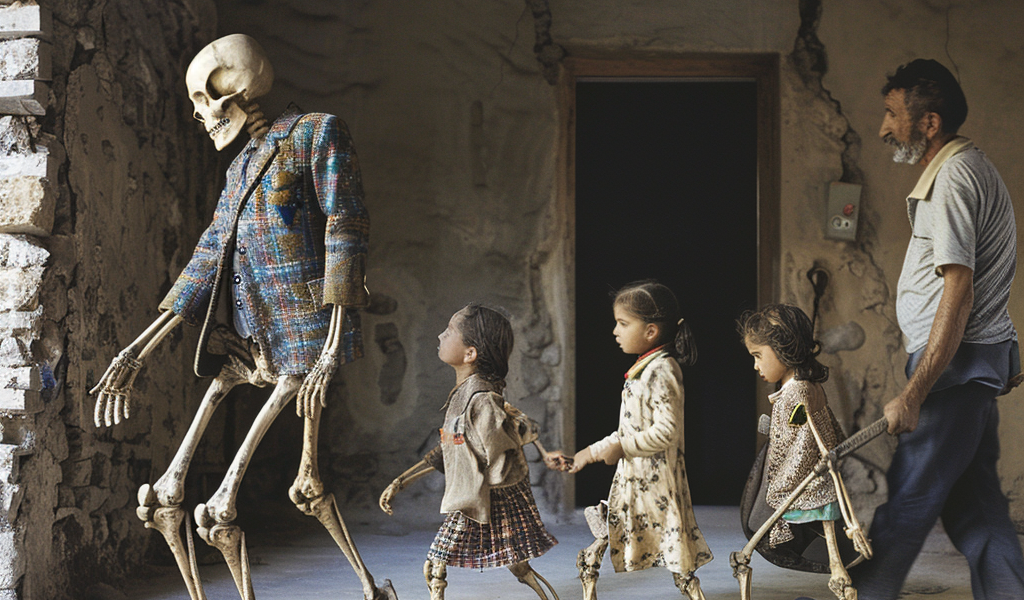Scientists were left baffled by a unique family in Turkey known as The Family That Walks On All Fours. The Ulas family gained attention after Turkish scientists published a medical paper about them, revealing that six out of 18 children in the family had a ‘unique disability’ that caused them to walk on all fours. Evolutionary psychologist professor Nicholas Humphrey led the investigation into this phenomenon.
Initially, the Turkish scientists speculated that the family had ‘devolved’, but Professor Humphrey disagreed with this conclusion, considering it ‘deeply insulting’ and ‘scientifically irresponsible’. Instead of accepting this theory, he delved deeper into finding a more plausible explanation for the family’s unique way of moving.
Neurological scans indicated that the cerebellum of the family members was ‘shrunk’, but this alone did not provide a definitive answer. Further analysis by fossil experts in New York and a team at Liverpool University revealed that the Ulas family’s skeletal structure and movement patterns were unlike those of evolutionary ancestors.
Despite numerous observations and studies, scientists struggled to pinpoint the exact cause of the family’s condition. However, a breakthrough came when Danish scientists from Aarhus University identified the root of the issue in 2014. They diagnosed the family members with Cerebellar Ataxia, Mental Retardation, and Dysequilibrium Syndrome (CAMRQ), shedding light on why they walked on all fours.
Upon revisiting the Ulas family, Professor Humphrey observed that with the assistance of a physiotherapist and specialized equipment, the children were able to walk upright. This transformation offered hope and a new perspective on the unique case of The Family That Walks On All Fours.





